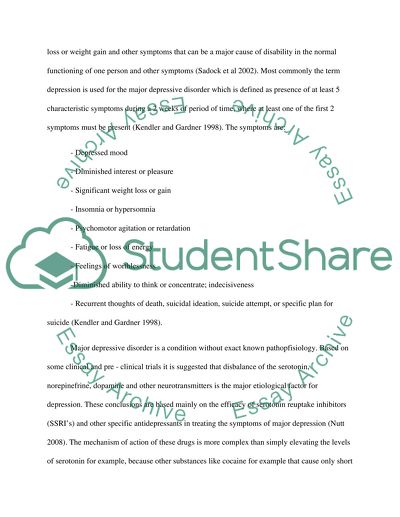Cite this document
(“Mental Health- Young Adults and depression Essay”, n.d.)
Retrieved from https://studentshare.org/environmental-studies/1413128-mental-health-young-adults-and-depression
Retrieved from https://studentshare.org/environmental-studies/1413128-mental-health-young-adults-and-depression
(Mental Health- Young Adults and Depression Essay)
https://studentshare.org/environmental-studies/1413128-mental-health-young-adults-and-depression.
https://studentshare.org/environmental-studies/1413128-mental-health-young-adults-and-depression.
“Mental Health- Young Adults and Depression Essay”, n.d. https://studentshare.org/environmental-studies/1413128-mental-health-young-adults-and-depression.


